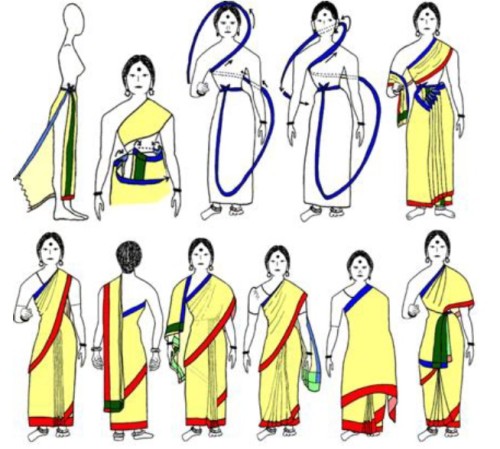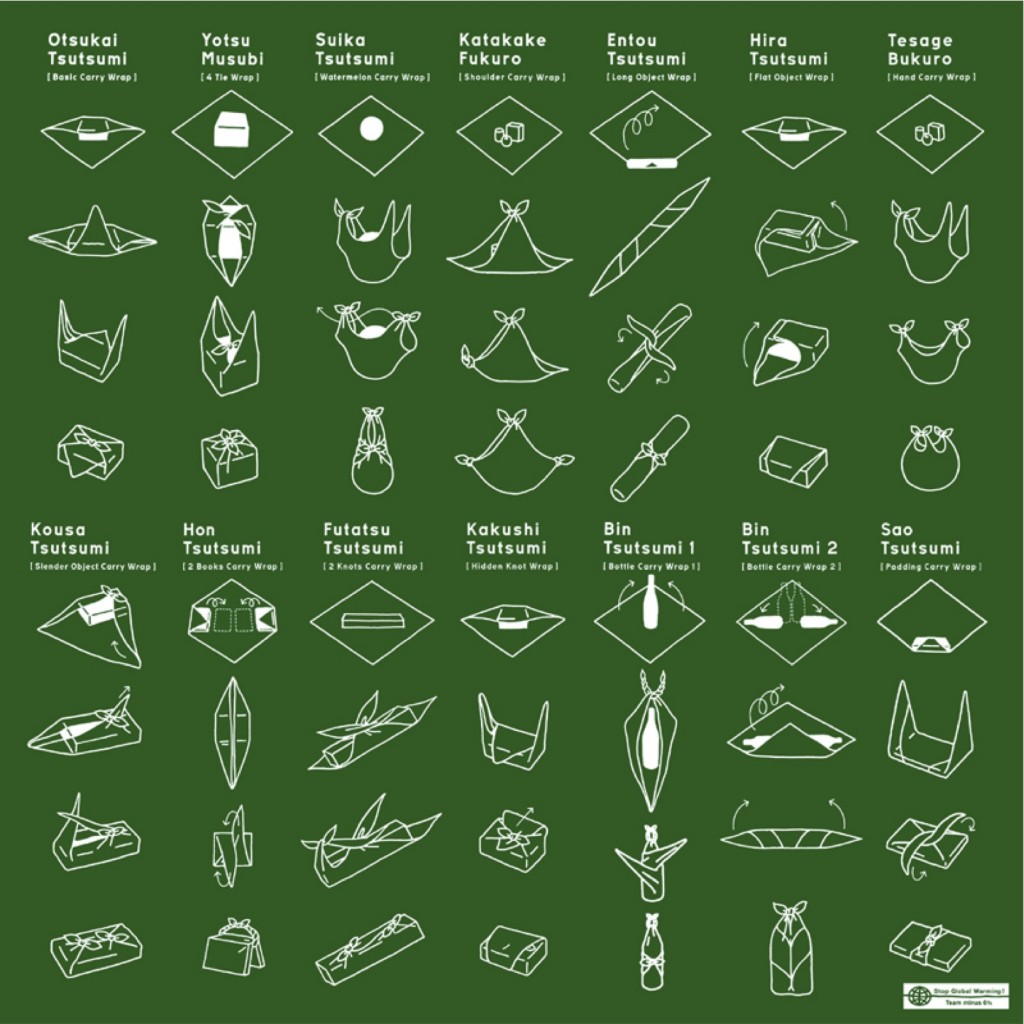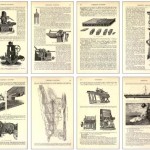“The biomass power industry is undergoing a new surge of growth in the United States. While bioenergy has traditionally been used by certain sectors such as the paper-making industry, more than 70 new wood-burning plants have been built or are underway since 2005, and another 75 proposed and in various stages of development, fueled by renewable energy subsidies and federal tax credits. In most states, biomass power is subsidized along with solar and wind as green, renewable energy, and biomass plant developers routinely tell host communities that biomass power is “clean energy.”

Promotional photo of BEI-Teesside, a planned biomass power plant in the UK. The volcanoe shape is well chosen if you consider the pollution that is produced by biomass power plants.
But this first-ever detailed analysis of the bioenergy industry reveals that the rebooted industry is still a major polluter. Comparison of permits from modern coal, biomass, and gas plants shows that a even the “cleanest” biomass plants can emit > 150% the nitrogen oxides, > 600 % the volatile organic compounds, > 190% the particulate matter, and > 125% the carbon monoxide of a coal plant per megawatt-hour, although coal produces more sulfur dioxide (SO2). Emissions from a biomass plant exceed those from a natural gas plant by more than 800% for every major pollutant.
Biomass power plants are also a danger to the climate, emitting nearly 50 percent more CO2 per megawatt generated than the next biggest carbon polluter, coal. Emissions of CO2 from biomass burning can theoretically be offset over time, but such offsets typically take decades to fully compensate for the CO2 rapidly injected into the atmosphere during plant operation.”
Read the report: Trees, Trash, and Toxics: How Biomass Energy Has Become the New Coal (PDF), Mary S. Booth, Partnership for Policy Integrity, April 2, 2014. Via biofuelwatch.


 “The design of this telescope is called a Dobsonian, after its inventor John Dobson, who passed away earlier this year. Dobson’s life took an unusual trajectory. He went from being a self described “belligerent atheist” to a monk in the Vendanta society to co-founding the San Francisco Sidewalk Astronomers. Most of his life was spent bringing the night sky to people around the world and teaching people how to make their own low-cost telescopes.
“The design of this telescope is called a Dobsonian, after its inventor John Dobson, who passed away earlier this year. Dobson’s life took an unusual trajectory. He went from being a self described “belligerent atheist” to a monk in the Vendanta society to co-founding the San Francisco Sidewalk Astronomers. Most of his life was spent bringing the night sky to people around the world and teaching people how to make their own low-cost telescopes.






